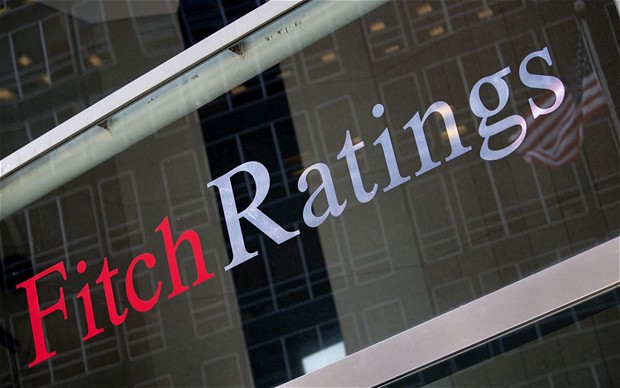By Odunewu Segun
Worsening non-performing loans trends in the banking sector which accelerated by the end of 2015 is expected to further increase as operating conditions has remained difficult, world’s leading risk rating agency Fitch Ratings has said.
According to Fitch ratings, if current challenges do not ease, the banks could face further downgrades. “Our discussions with banks indicate that most impairments are concentrated in the private sector, which is affected by FC shortages and the depreciation of the Naira.”
In a statement released last week, it said borrowers are struggling to access scarce FC and those dependent on Naira income are finding it hard to meet escalating repayment costs triggered by the depreciation.
“Sector NPLs would have been higher if banks had not undertaken a widespread restructuring of loans to the oil and gas sector, which accounts for 30 percent of total sector loans. Asset-quality indicators in these portfolios are, therefore, holding up as borrowers are able to comply with generous loan maturity extensions.”
Fitch reiterated CBN’s warnings that it is expecting continued deterioration across banks’ oil and gas portfolios during the second half of 2016 as the sector faces sustained low oil prices and production disruptions. At 11.7 percent, as at June 2016, the industry average NPL has far gone beyond CBN’s tolerable benchmark of 5.0 percent for all banks.
Fitch noted that “low global oil prices, a reduction in oil production levels, energy and FC shortages, price rises, with inflation reaching 17.6 percent in August, and weak consumer demand are all contributing to the downturn.
“We expect real GDP to contract by 1.0 percent in 2016, against our previous forecast of a 1.5 percent expansion. We do expect a limited bounce-back and our 2017 forecast foresee a recovery to 2.6 percent. But the medium-term growth outlook remains significantly lower than the 5.6 percent growth of 2010-2014”.
Central Bank of Nigeria, CBN, had in its latest financial stability report, said banks’ NPLs rose to 11.7 percent of gross loans at end-June 2016 from 5.3 percent at end-2015. Reacting to this development, Fitch stated: “This exceeds our start-of-year expectations for a 10 percent NPL ratio by end-2016.”
But the apex bank, in a one-off policy change, allowed banks to write off fully reserved NPLs by end-2016. In relation to this, Fitch noted: “Writing off loans is normally protracted, but even this measure is unlikely to significantly bring down the level of sector NPLs.
The Central Bank says that unreserved NPLs represented a high 31 percent of regulatory capital in the sector at end-June 2016, far higher than the 6.0 percent reported at end-2015.This puts further pressure on capital ratios, which have been affected by currency devaluation, causing some banks to report limited buffers over regulatory minimums.

 Aviation1 week ago
Aviation1 week ago
 Business5 days ago
Business5 days ago
 Business5 days ago
Business5 days ago
 Education5 days ago
Education5 days ago
 Crime5 days ago
Crime5 days ago
 Business1 week ago
Business1 week ago
 Business5 days ago
Business5 days ago
 Covid-195 days ago
Covid-195 days ago

